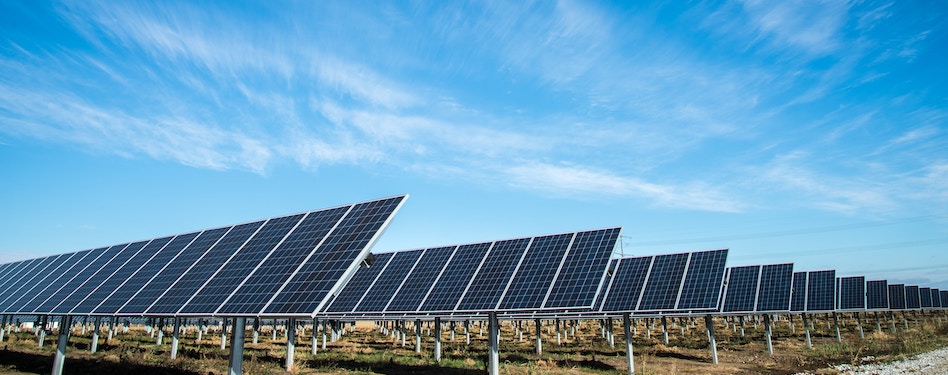
Buildings consume more than 75 percent of electricity in the U.S. Based on U.S. Environmental Protection Agency data, 75% of electricity-production emissions resulted in more than 1,300 million metric tonnes of greenhouse gas emissions in 2017.
This is huge.
This underpins our work to decarbonize building energy supply. This starts with improving energy efficiency and promoting on-site renewable generation. However, on-site solutions are oftentimes not enough. Leaders can further reduce their footprint by purchasing clean, off-site renewable energy.
Utilities are providing green power purchasing for hundreds of thousands of customers across the United States. Green power purchasing provides convenient and cost-effective ways to reduce emissions from purchased electricity and help drive positive change in the electricity generation industry.
Arc allows project teams to specify green power purchasing by setting up a “Generated offsite - renewable” meter.
Selecting this fuel source changes the way purchased electricity is considered in scoring:
-
Off-site green power is considered to have an emissions factor of 0 mTCO2e per MWh.
-
Off-site green power is converted to source energy based on the prevailing site-to-source energy conversion factor for its location.
This reflects the emissions profile of off-site green energy, as well as the real impacts and costs of using grid-connected energy. Arc currently applies three different site-to-source conversion factors, distinguishing between the United States, Canada, and all other locations. This means that selecting 100 percent green power purchasing will yield an Arc Energy Score composed of 100 for the GHG sub-score and its regular source energy-based score.
This is not a perfect solution, as the real marginal emissions factor is >0, and the site-to-source energy factor is unlikely to be exactly the same for different green power services. We expect to refine this default emissions factor to better reflect emissions from specific types of green power. However, these adjustments are likely to be directionally correct and the best short-term solution given limitations in data availability.
We appreciate feedback and ideas for how we can improve these calculations.
